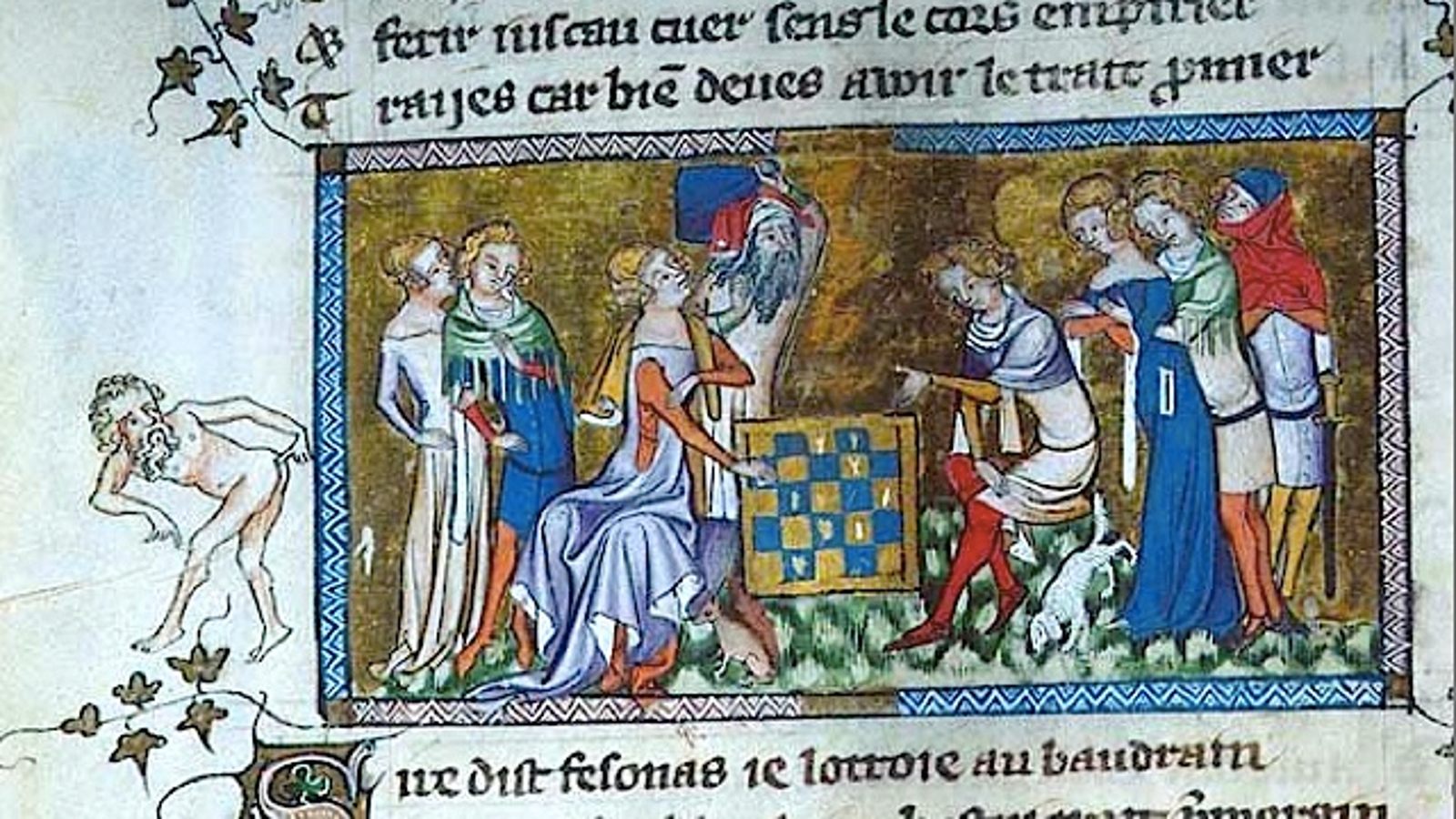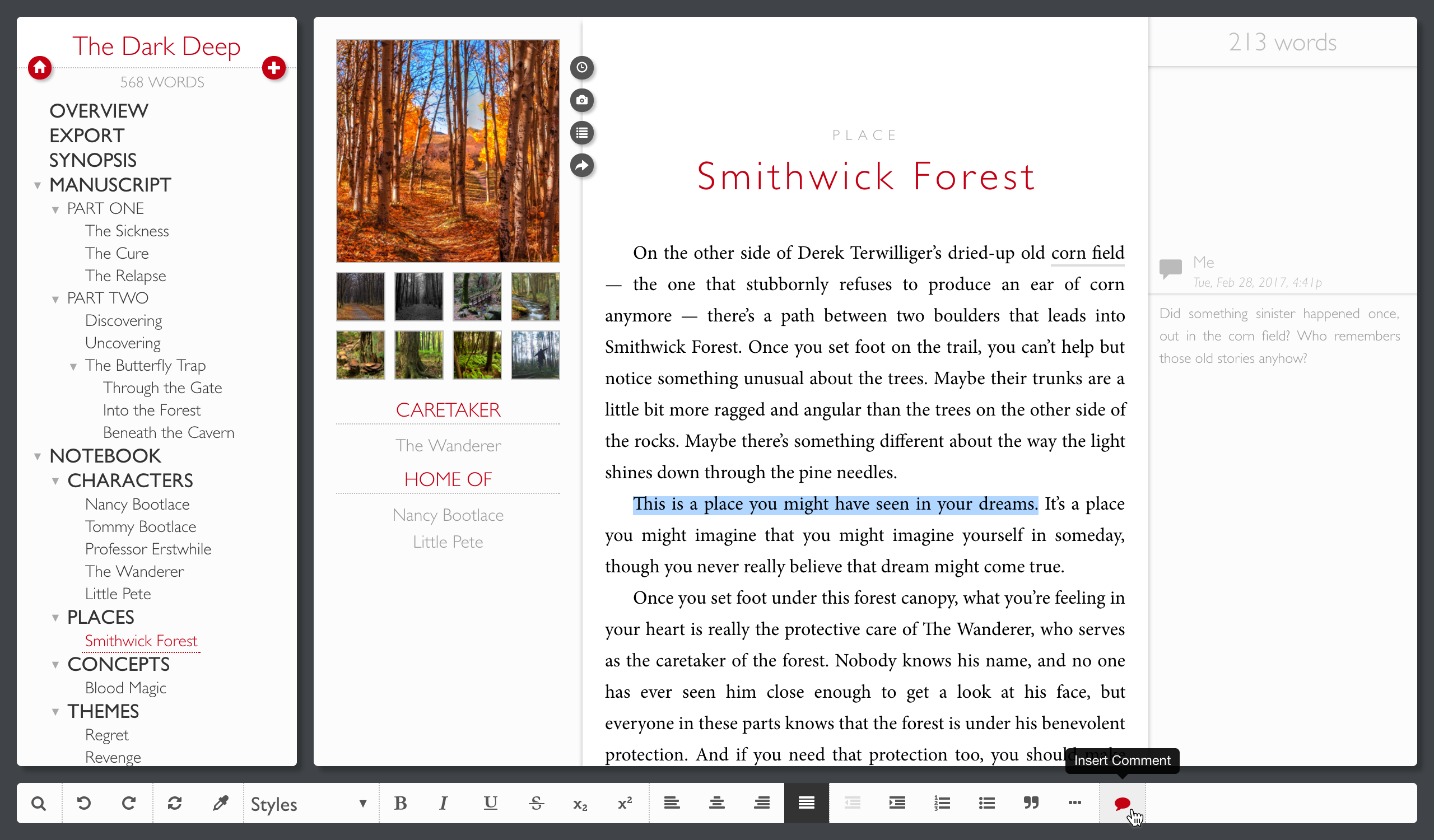
From the same Charterhouse as the nitty-gritty reader who disliked the Gospel translation comes the following marginal notation: “I put this text here because it also contains work by Jacob van Maerlant” (Ghent, Universiteitsbibliotheek, MS 1374, fol. That label is appropriate for a rarer type of scribal remark. While these statements suggest that book makers put their heart into their scribal work, they can hardly be called “personal”. From time to time we encounter cross references (“For more on this theme, see this and this page”), remarks about a manuscript’s contents (“Something seems missing here”), or indicators expressing that something is missing (“Vacat”, this is empty). Similarly, marginalia bring us closer to those who made the books. The examples so far show how marginal additions allow us to peek into the world of those who read manuscripts. 5 – London, British Library, Harley MS 3487 (13th century): marginal notes preceded by tiemarks Aristotle manuscripts, the main textbook for the Arts Faculty, even provided a clever “zoning” system to accommodate criticism: the margins were broken up into vertical columns where the opinions of master and student would settle (visible in Fig. 5). This practice became particularly popular in the university classroom of the thirteenth century. The De disciplina scholarum, a student guidebook from Paris, stipulated that wax tablets or tiny slips of parchment were taken into the classroom for note-taking. These notes were later added to the margins of students’ textbooks. In most cases he or she would jot down a gloss next to the actual text and connect the two with so-called tie marks – the precursor of our footnote (Fig. While such explicit remarks are exceptional, critiquing the text in the margin was a normal thing to do as a medieval reader. 4) The same person is encountered in the margins of a different manuscript, where he corrected yet another flawed translation (Brussels, Bibliothèque Royale, MS 2849-51). Providing improved readings in the margins he added the following personal touch: “This is how I would have translated it.” Take that, translator! With a pen shaking from frustration he wrote: “Whoever translated these Gospels, did a very poor job!” (Fig. There is the Carthusian monk from Herne, for example, who could not handle the poor Latin-Dutch Bible translation he was reading. Like Augustine and his spear, they would express their dismay about something. Medieval readers frequently felt the need to vent in that location, for different reasons. There is nothing more inviting to a critical mind than the empty space of the margin. 3 – Berkeley, Bancroft Library, MS 85 (14th century)įrom time to time a debatable passage is highlighted by a pointing device that is part of the book’s decoration, like Augustine taking a stance while aiming his spear at a gloss in the text, seen at the top of this post ( source).Ĭritiquing Authorities Fig. 2 – Berkeley, Bancroft Library, MS 85 (14th century) Fig. To mark a particularly long passage we encounter a hand where all five fingers have been drafted into service, while in another case the hand is replaced by an octopus with five tentacles (Fig.

A particularly entertaining pair is found in Berkeley’s Bancroft Library. While most individuals simply marked spots with an X, the pointing hand provided a much clearer – and more expressive – signpost.

It is not uncommon that a person’s interest shines through the collection of marginal hands in a manuscript. This is good news for us, because they facilitate a look into the mind of a medieval reader. To do so, they added manicula (Latin for “little hand”) those highly entertaining pointing fingers. Readers frequently felt the need to mark a certain passage, for example for future reference or to debate its meaning (Fig. We are taught not to point, but in the margin of the page it is okay. 1 – Kansas University, Kenneth Spencer Library, MS C54 (15th century) In most books, there was ample room to add such details, because on average a stunning fifty percent of the medieval page was left blank. It is in this vast emptiness, so often overlooked in editions of texts, that we may pick up key information about the long life of the book. Here we may find information about the production circumstances of a given manuscript and the attitude of scribes or readers towards a text. As strange as this may sound, as a book historian I have limited interest in the actual text found on the medieval page. My job is to look at books, not to read them: knowing author, genre and purpose often suffices for what I do. Very different, however, is my attitude towards words found in the margins, placed there “extra-textually” by scribes and readers.

It was an expensive receptacle for text, which was poured onto the page by the scribe, and retrieved by the reader.

At its very heart the medieval book is a vehicle of information.


 0 kommentar(er)
0 kommentar(er)
